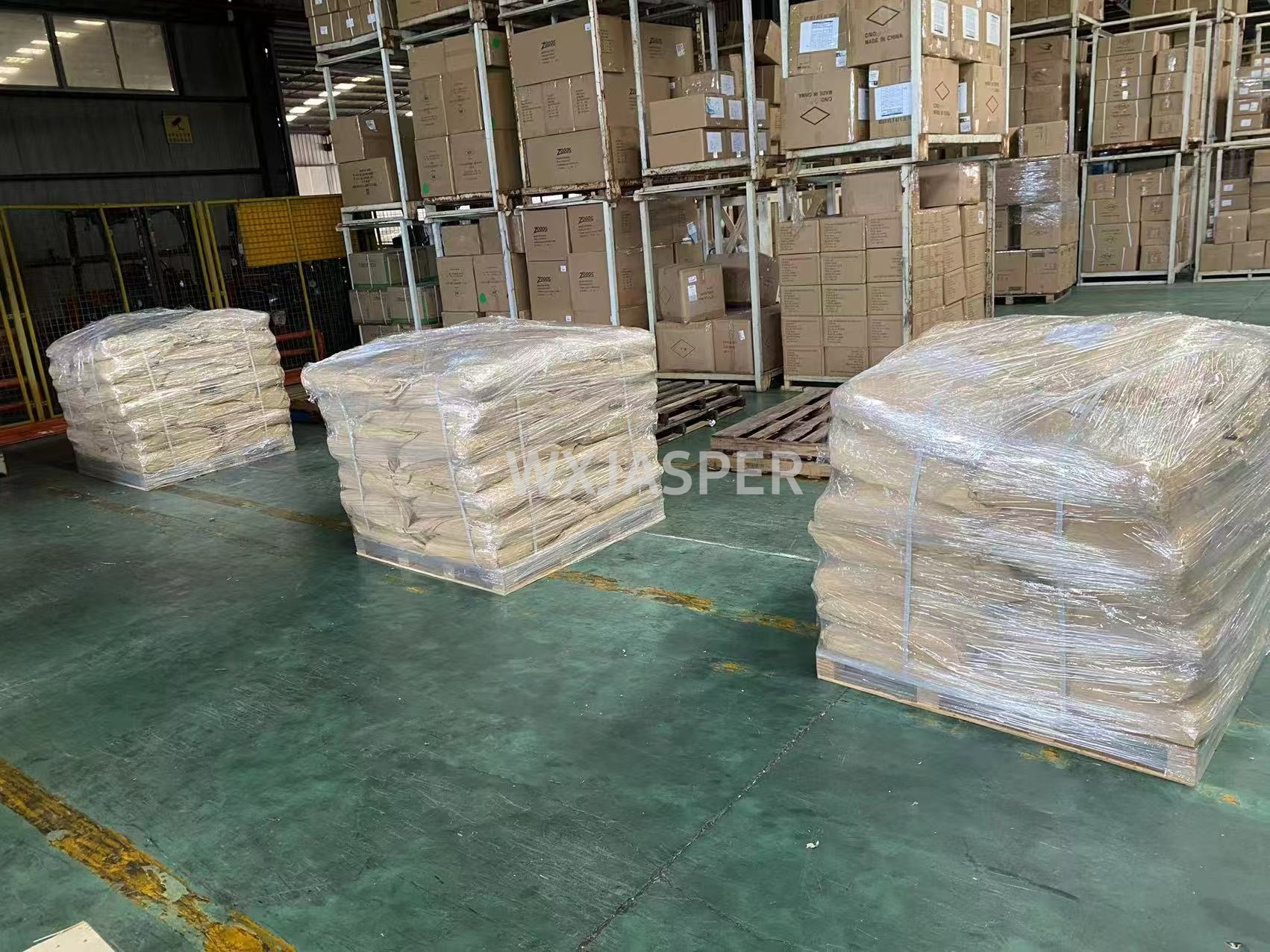


CasNo: 65996-61-4
Appearance: powder
Delivery Time: 15 days
Packing: 25kg/bag
Purity: 100%
| Application Field | Functional Value | Typical Cases |
|---|---|---|
| Seed Coating | Film-forming property reduces dust and improves sowing ability; water-holding capacity ensures the moisture retention of the coating layer | Corn and wheat seed coating formulations |
| Suspension Concentrate (SC) | Thickens and stabilizes the system in extreme pH; thixotropic property optimizes sand milling and storage; film-forming property improves rainfastness | 600g/L Imidacloprid SC, 50% Glyphosate SC |
| Water Dispersible Granule (WDG) | Enhances granule strength during granulation, assists dispersion after entering water; reduces coffee ring effect during drying | 70% Thiamethoxam WDG |
| Biostimulant Formulation | Water-holding capacity promotes crop root water absorption; 3D fiber structure improves soil aggregate structure | Humic acid-based biostimulant suspension |